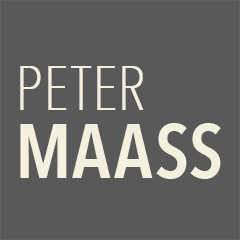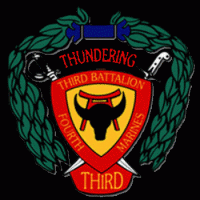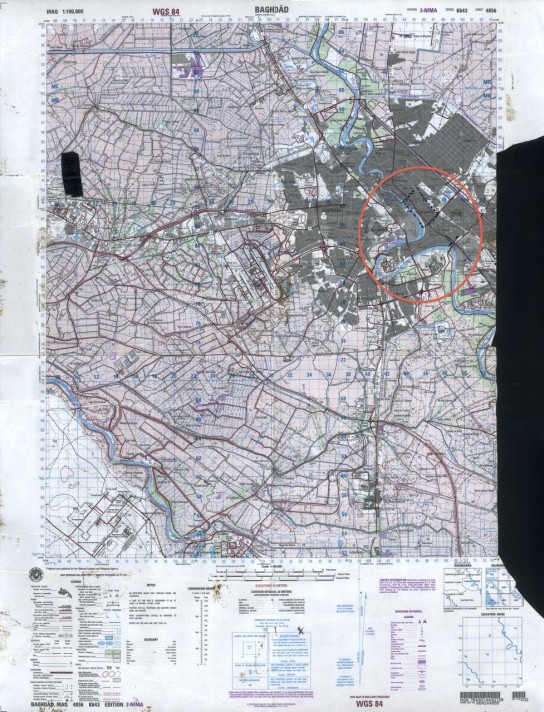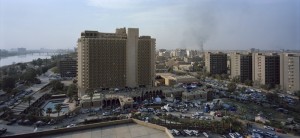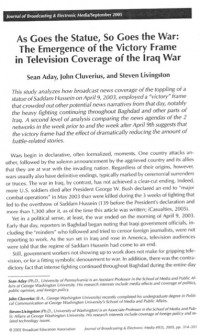Love Thy Neighbor: A Story of War
By Peter Maass
Knopf 1996
Epilogue
In the course of writing this book, many friends have asked me what it is about, and I have had a hard time coming up with a precise answer. It is about many things, about war, about Bosnia, about politics and hatred ...
